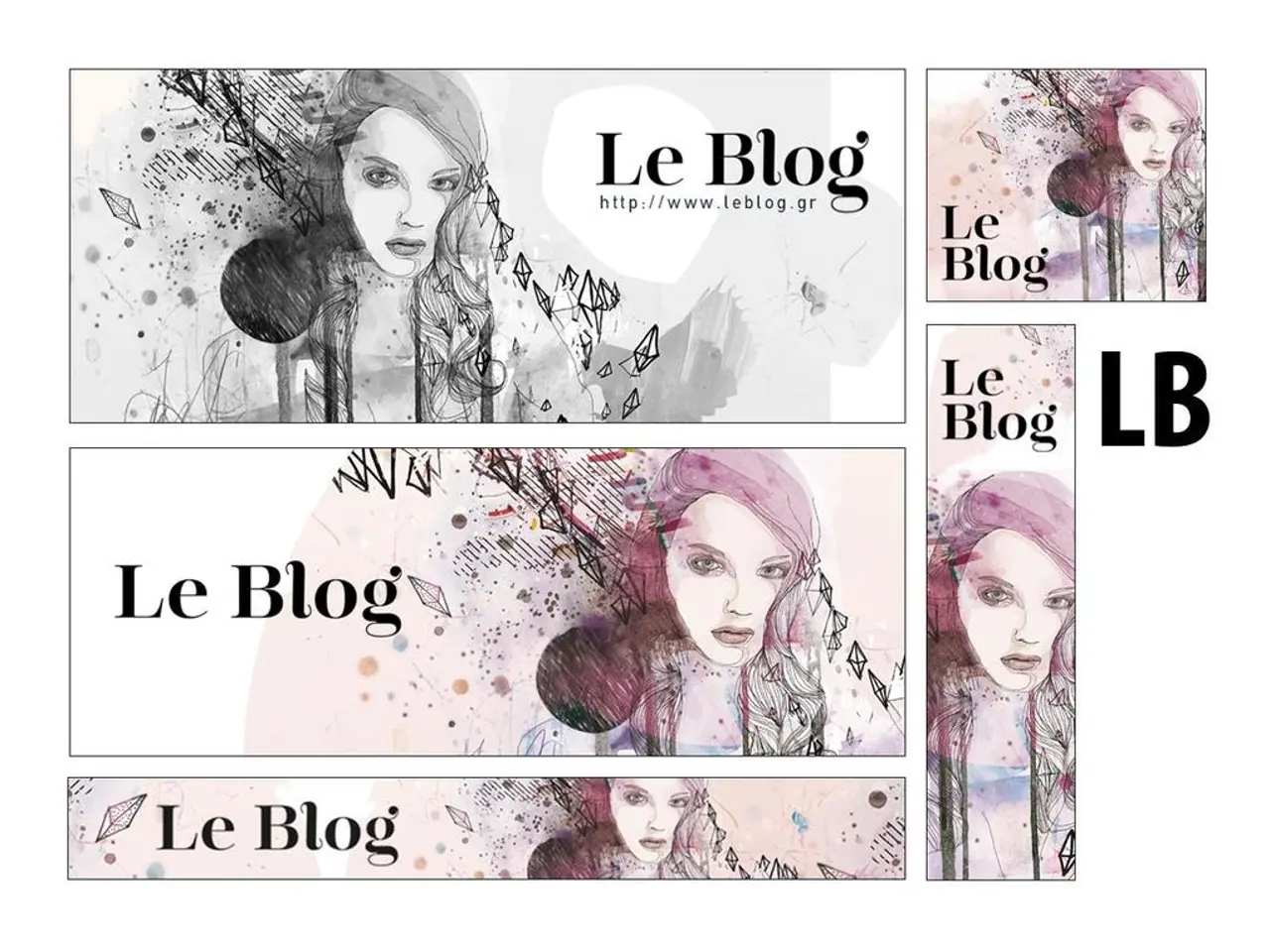Exploring the Chart of Animated Facial Expressions
In the world of animation, the importance of facial expressions cannot be overstated. They serve as the silent language, conveying a character's emotions without the need for dialogue. Recently, the introduction of Animated Facial Expression Charts and AI tools has transformed the animation landscape, making it easier for creators to bring their characters to life.
These tools, such as the AI Face Animator, use predefined facial expression charts to automatically generate emotions on 3D animated characters. They aid in creating realistic mouth movements that sync with dialogue, enhancing the overall impact of the animation.
Contempt, anger, disgust, or confusion can significantly impact the narrative of your animation. Expressions like these help define a character's mood and intentions, influencing how the audience perceives them. An animated smiley face can make animations feel more real and connect with the audience, while a sad facial expression can evoke empathy. Tired expressions can deepen the audience's connection to the character by conveying their emotional state and physical exhaustion.
Confused facial expressions can convey a lack of understanding, surprise, or internal conflict. Fear facial expressions are a powerful tool in storytelling, reflecting the intensity of the fear and the character's behavior. The surprised facial expression can create a "Whoa!" factor in animations, often used when a character discovers a secret or something unexpected.
The eyes are the most expressive part of the face in facial expressions, conveying emotions like surprise, anger, or happiness. They are critical for making expressions look more dynamic and lifelike in animation.
The benefits of using these tools are numerous. They allow animators to create nuanced and contextually appropriate facial expressions that reflect subtle emotions and micro-expressions, making animated characters more lifelike and engaging.
These tools also offer efficiency and speed. Automated or AI-driven facial animation dramatically reduces the time and effort needed compared to traditional manual keyframing techniques, making the animation workflow faster and more cost-effective.
Many of these tools enable real-time control of facial expressions through webcams or microphones, allowing seamless and organic motions that respond immediately to the animator’s gestures or speech. They also synchronize lip movements with recorded audio or live speech automatically, simplifying the process of creating realistic dialogue without extensive manual editing.
Creators can customize emotions or tones either by typing in an emotion or providing reference videos, ensuring the avatar or character conveys the desired expression and emotional nuance. These tools are often user-friendly, enabling creators without advanced technical or artistic skills to produce professional-quality facial animations and talking avatars.
Beyond facial animation, many tools offer complementary features like face swapping, multilingual voice dubbing, and background removal, allowing creators to handle diverse video editing tasks within a single platform.
Selfie animations offer a unique and engaging way to inject personality and relatability into animations, bringing virtual influencer 3D characters to life. Creators can use these charts to select key facial expressions for their characters, such as happiness, anger, or sadness. The AI Voice AI tool also works with the facial expressions, automatically lip syncing the facial expressions to dialogue in 20+ languages.
In conclusion, Animated Facial Expression Charts and AI tools democratize animation production, enhance character expressiveness, and streamline the creation of engaging animated content for video marketing, storytelling, and entertainment.
- The AI Face Animator, an example of such tools, utilizes predefined facial expression charts to automatically generate emotions on 3D animated characters.
- Facial expressions like contempt, anger, disgust, or confusion can significantly impact the narrative of an animation, helping define a character's mood and intentions.
- The use of these tools enables animators to create nuanced and contextually appropriate facial expressions, making animated characters more lifelike and engaging.
- Many tools offer complementary features like face swapping, multilingual voice dubbing, and background removal, allowing creators to handle diverse video editing tasks within a single platform.
- Selfie animations, utilizing these charts, offer a unique and engaging way to inject personality and relatability into animations, bringing virtual influencer 3D characters to life.
- The benefits of these tools extend to education-and-self-development, entertainment, general-news, marketing, and lifestyle as they democratize animation production and streamline the creation of engaging animated content.




